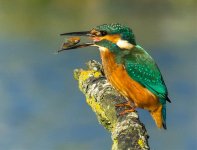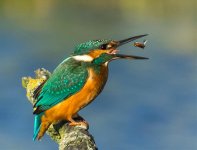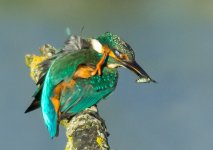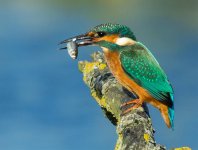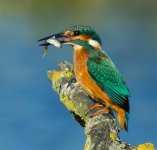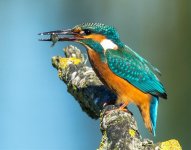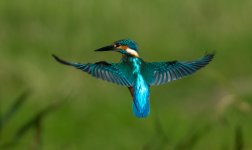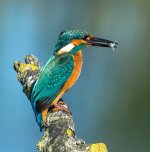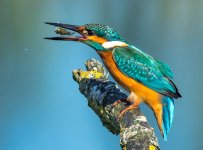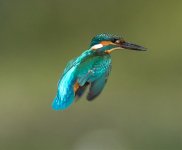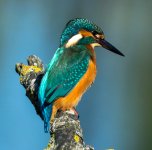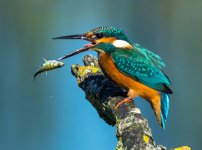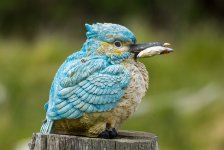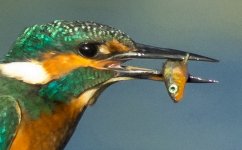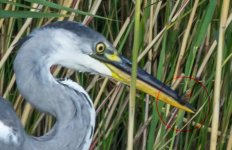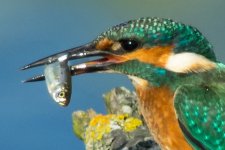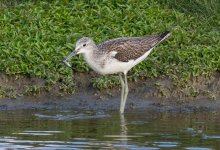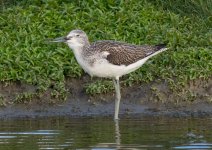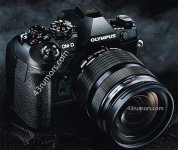On the far western tip of Eiderstedt lies the Westerhaver sand, a beautiful stretch of usually pristine sand that is barely a sand bar at high tide, and a huge expanse of clean sand and tidal pools when it is low. It is not overrun with people, and there are some interesting birds, but not many. Large flocks of resting gulls and terns, and in early fall, huge flocks of Golden Plover, Dunlin, Ringed Plover etc, on the green land between the dike and the sand. It takes about an hour to walk out from the parking lot and is more for just enjoying the sun and the fresh air than photographing birds. We had good weather this year, and made it out 5 times. Twice I couldn't resist and took my camera just to get the little guys racing around on the sand. Best to be there at high tide when the ocean pushes them in closer to the sand bar that usually stays above the water.
These are Sanderlings.
View attachment 598143 View attachment 598144 View attachment 598145 View attachment 598146 View attachment 598147
They race around like mice and are quite hard to capture. I would spot them working their way up the waterline, into the wind and into the light, and lie in the usually still wet sand, 400 +1.4x and SILENT SHUTTER! They would be so involved in what they were doing that they wouldn't spot me until they were quite close.
Getting the timing right is not so easy with the wind, the light, and the tide having to be advantageous for good results. This time we were lucky with everything, except that high tide was around noon and the air and sand was much too warm. Afraid I am not as dedicated as Tord to force myself to be out there just after sunrise!





